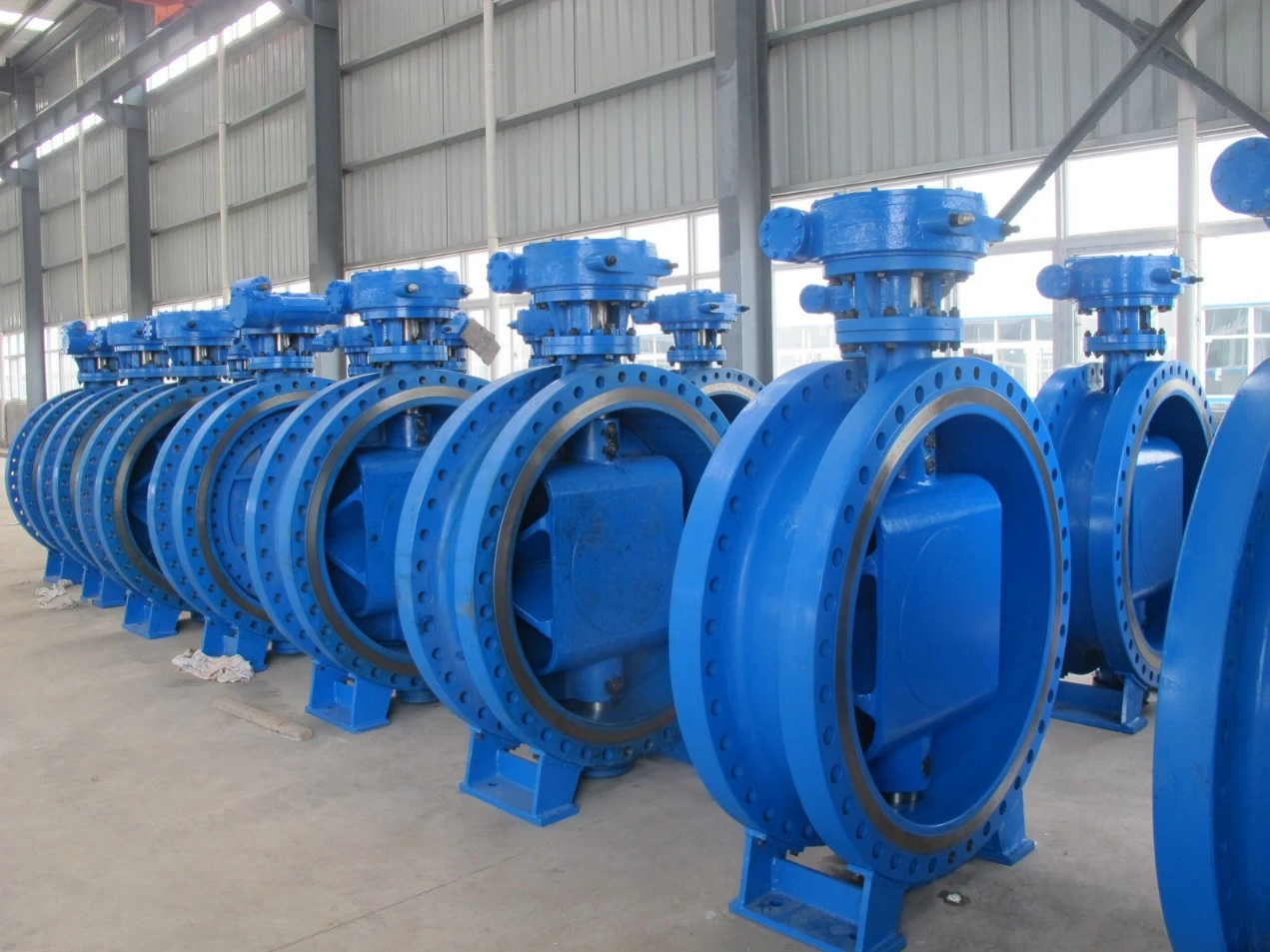12 月 . 04, 2024 09:23 Back to list
Understanding Disk Check Valves and Their Applications in Fluid Systems
Understanding Disk Check Valves Functionality and Applications
Disk check valves, a critical component in various hydraulic and pneumatic systems, serve a crucial role in maintaining the flow of fluids while preventing backflow. These valves are designed to allow fluid to flow in one direction only, utilizing a disk mechanism that opens and closes based on the flow's dynamics. This article delves into the functionality, characteristics, and applications of disk check valves, highlighting their importance in industrial and commercial settings.
Functionality of Disk Check Valves
The core function of a disk check valve is to ensure unidirectional flow, effectively preventing any potential backflow that could compromise system integrity or efficiency. They operate on the principle of gravity and flow dynamics. The disk, usually made of metal or plastic, is positioned horizontally within the valve body. When fluid enters the valve from the inlet side, the pressure forces the disk upwards, allowing fluid to pass through. Once the pressure decreases or reverses, the disk falls back into its original position, sealing off the outlet and thereby stopping any backflow.
This simple yet effective design makes disk check valves highly reliable and low-maintenance components in various fluid systems. They come in different variations, including spring-loaded and gravity-operated types, each offering specific advantages depending on the application.
Characteristics and Advantages
Disk check valves possess several notable characteristics that contribute to their widespread use
1. Compact Design Unlike some other valve types, disk check valves are relatively compact, requiring less installation space. This makes them ideal for systems where space is limited.
2. Robustness and Durability Constructed from high-quality materials, disk check valves can withstand significant pressure and temperature variations, making them suitable for harsh environments.
3. Minimal Pressure Drop The streamlined flow path of disk check valves results in minimal pressure drop, ensuring efficient operation and energy conservation.
4. Ease of Installation Their design allows for straightforward installation in pipelines, either in horizontal or vertical orientations, without requiring excessive modifications.
disk check valve

5. Cost-Effectiveness Considering their durability and low maintenance needs, disk check valves offer an economical solution over their lifecycle, reducing operational costs in fluid management systems.
Applications of Disk Check Valves
Disk check valves find application across diverse industries due to their reliable performance and efficiency. Some common applications include
- Water and Wastewater Treatment In water treatment facilities, disk check valves prevent backflow that can contaminate clean water supplies or disrupt treatment processes.
- Oil and Gas Industry These valves are critical in oil and gas pipelines, safeguarding against backflow that could lead to leaks and environmental hazards.
- HVAC Systems In heating, ventilation, and air conditioning systems, disk check valves help maintain circulation and prevent the backflow of fluids, ensuring optimal system function.
- Chemical Processing Disk check valves are utilized in various chemical processes, providing safety and reliability in preventing backflow that could lead to dangerous reactions or spills.
- Fire Protection Systems In fire suppression systems, they ensure that water or fire retardants are effectively delivered to the site of an emergency without the risk of reverse flow.
Conclusion
In conclusion, disk check valves are indispensable components in various fluid systems, providing essential functionality in preventing backflow while ensuring efficient fluid flow. Their robust design, ease of installation, and adaptability to diverse applications make them a preferred choice for engineers and system designers. As industries continue to evolve and prioritize efficiency and safety, the role of disk check valves will undoubtedly remain crucial in advancing fluid management practices. Understanding their functionality and application can help industries harness their benefits, driving better performance and reliability across different sectors.
-
Y Type Strainers: A Comprehensive GuideNewsOct.18,2024
-
Understanding Water Valve Options for Your NeedsNewsOct.18,2024
-
Functions and TypesNewsOct.18,2024
-
An Essential Component for Fluid SystemsNewsOct.18,2024
-
Adjustment and ReplacementNewsOct.18,2024
-
Slow Closing Check Valves: A Key Component in Fluid SystemsNewsOct.08,2024
Related PRODUCTS









